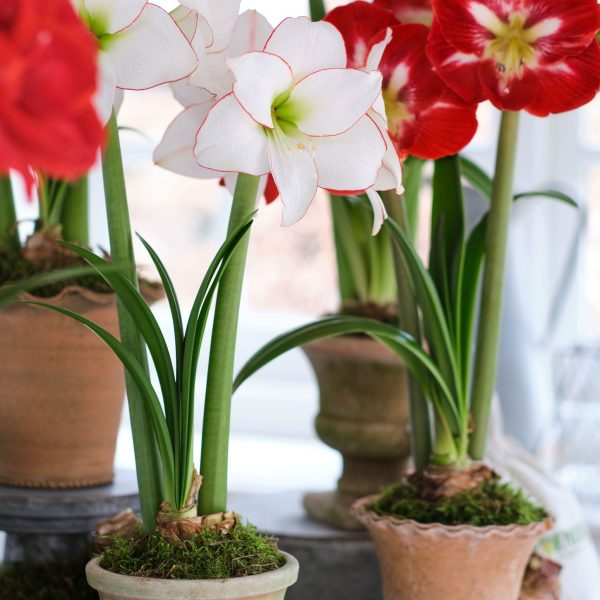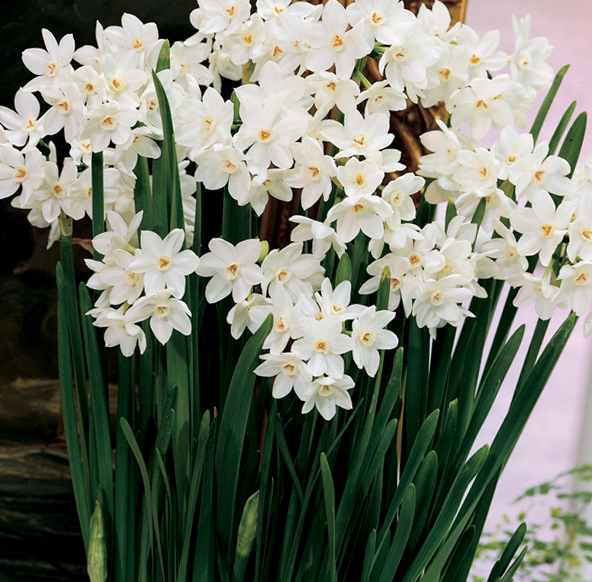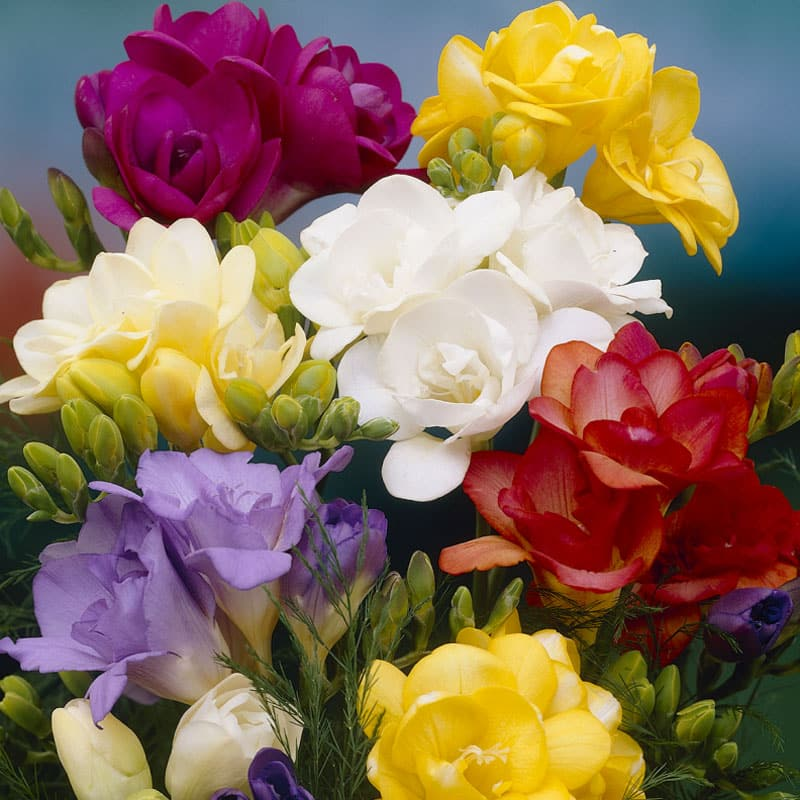Winter can feel long and dreary, but you can transform the season by bringing vibrant blooms indoors. Forcing bulbs is an easy and rewarding way to fill your home with color and fragrance when the outdoors is cold and quiet. Here are four excellent bulbs for indoor forcing during winter: amaryllis, paperwhite narcissus, freesias, and hyacinths.
1. Amaryllis: Stunning and Resilient
Amaryllis bulbs are perfect for indoor winter blooms. These large, dramatic flowers come in various colors and can brighten any room. What makes amaryllis special is that it’s not just a one-time wonder—you can re-bloom these bulbs for several seasons with proper care.

To force amaryllis indoors, plant the bulb high in a container, leaving about one-third of it exposed above the soil. Water it lightly and place the pot in a cool, dark spot for 2-3 weeks. Once you see leaves or buds, move the pot to a bright, warm location. Increase watering, and soon you’ll have a tall bloom spike with showy blossoms. After flowering, move the plant to a less visible spot to continue growing as a houseplant. In the summer, take the amaryllis outdoors, let it go dormant, and it will be ready to bloom again next winter.
2. Paperwhite Narcissus: A Fragrant Delight
Paperwhite narcissus is another popular choice for winter forcing. These delicate, fragrant flowers can bloom just a few weeks after planting. While their musky-sweet scent is loved by many, it’s a matter of personal preference—some find it overpowering.

To grow paperwhites, plant bulbs in a shallow container filled with pebbles or gravel, ensuring the base of the bulbs is just above the water level. Place the container in a cool spot for about two weeks, then move it to a sunny, warm location. If you want to control the height of the flowers, researchers at Cornell University found that adding alcohol to the water can help reduce leggy growth. A mix of one part alcohol (gin, vodka, or any spirit) to seven parts water keeps paperwhites more compact, without affecting their blooms.
3. Freesias: Sweet and Fruity Fragrance
Freesias are beloved for their sweet, airy fragrance, which has notes of citrus and strawberry. These bulbs take a bit longer to bloom—about 10-12 weeks after planting—but the wait is well worth it. Freesias produce clusters of colorful tubular flowers, making them a cheerful addition to your indoor winter garden.

To force freesias, plant the corms close together in a pot, ensuring the tips are well covered with soil. Keep the pot in a cool place (around 50-55°F) for about six weeks until roots develop. Once the shoots appear, move the pot to a warmer, brighter location. As they grow, you may need to stake the plants to keep them upright.
4. Hyacinths: A Touch of Spring
Hyacinths are iconic spring flowers, but you can enjoy their colorful blooms indoors during winter. They require a bit of pre-planning—bulbs need a 12-week chilling period in the fridge before they can bloom. Avoid storing them near fruits like apples, as the ethylene gas they release can interfere with the blooming process.
Once chilled, plant hyacinths in containers or water-forcing vases. In just 3 weeks, the bulbs will reward you with fragrant, vibrant flowers. After blooming, you can plant them outdoors, and if protected from pests, they may rebloom for several years.
Conclusion
Forcing bulbs indoors during the winter is an easy way to enjoy flowers year-round. Amaryllis, paperwhite narcissus, freesias, and hyacinths each offer unique beauty and fragrance, helping you combat the winter blues. Whether you prefer fragrant blooms or striking flowers, forcing bulbs is a fun, educational way to brighten up your home during the colder months.